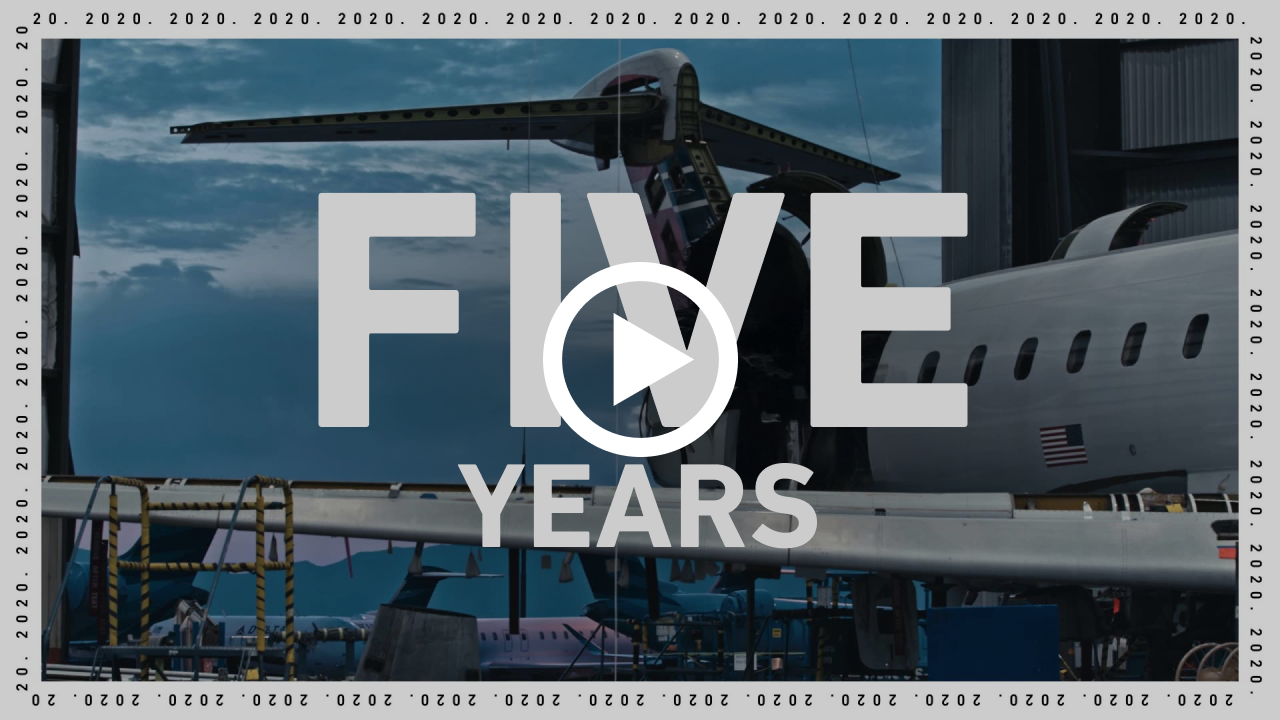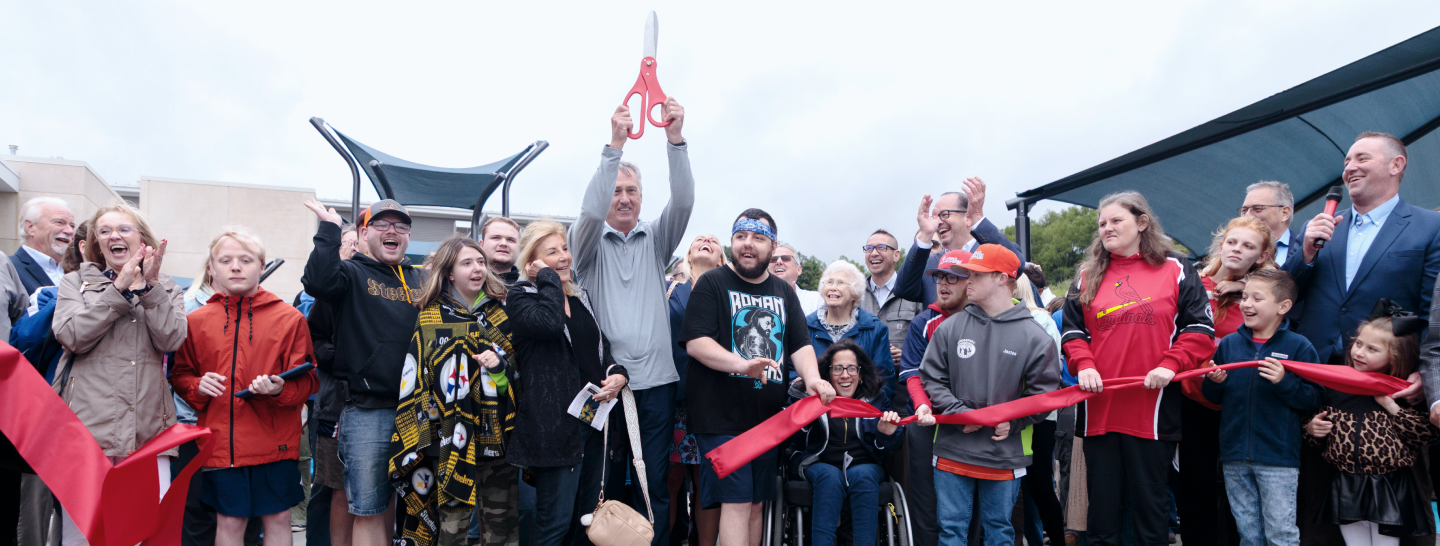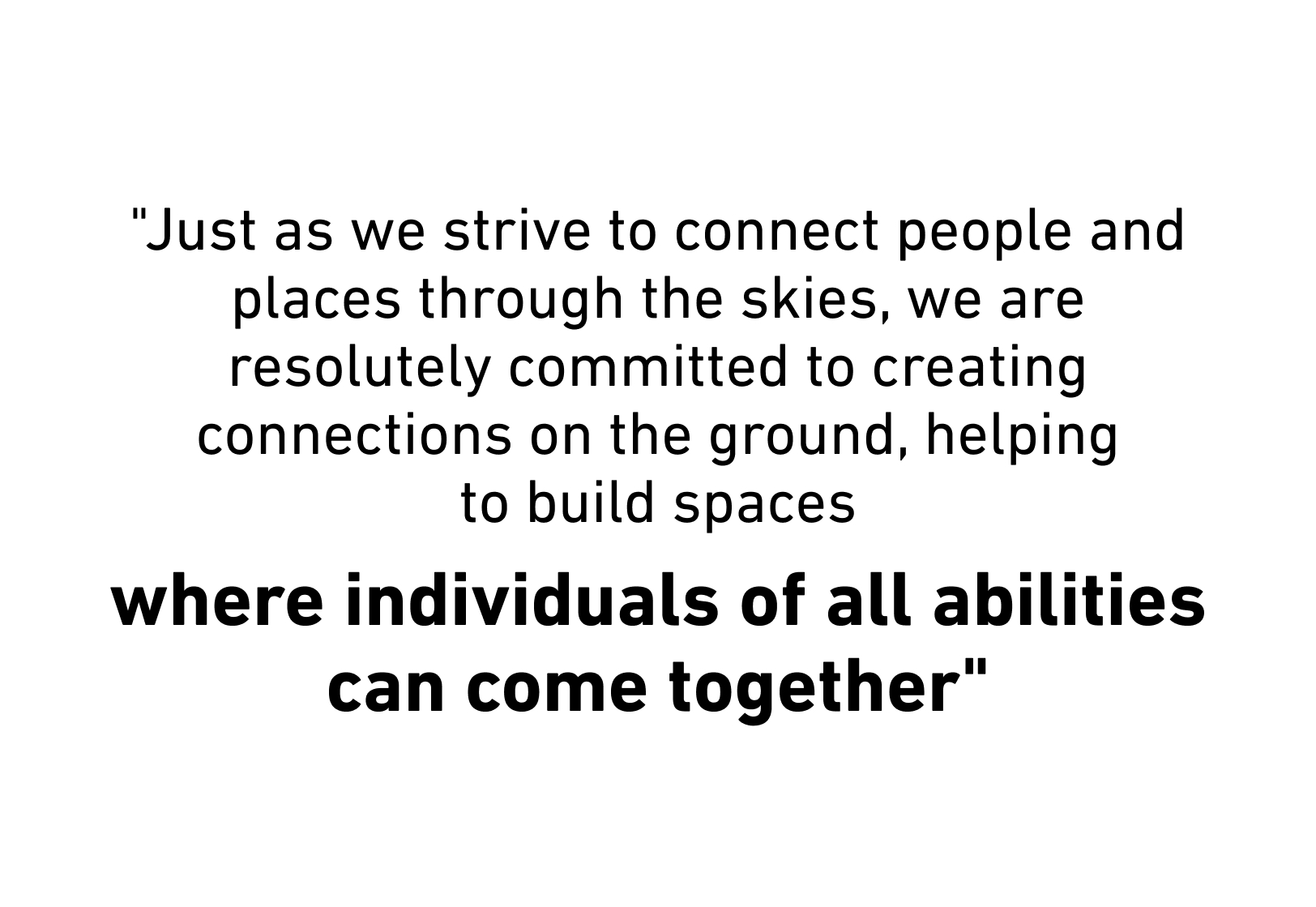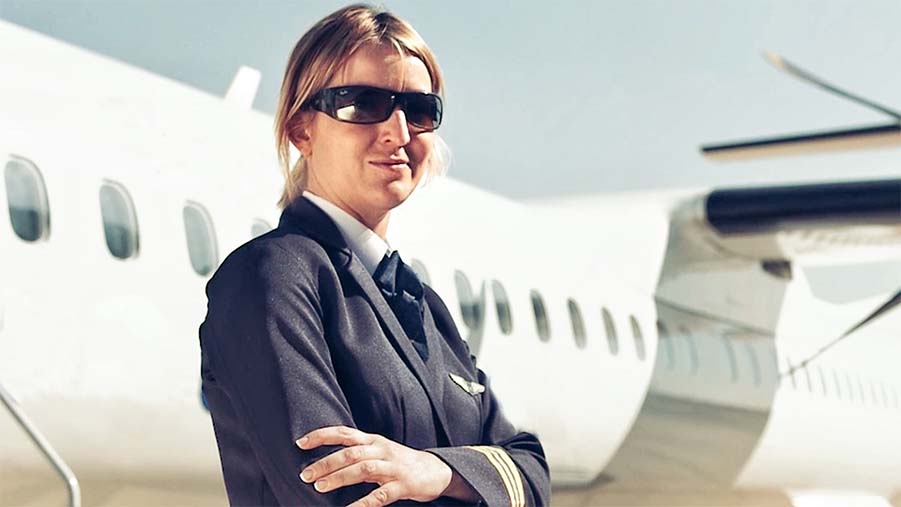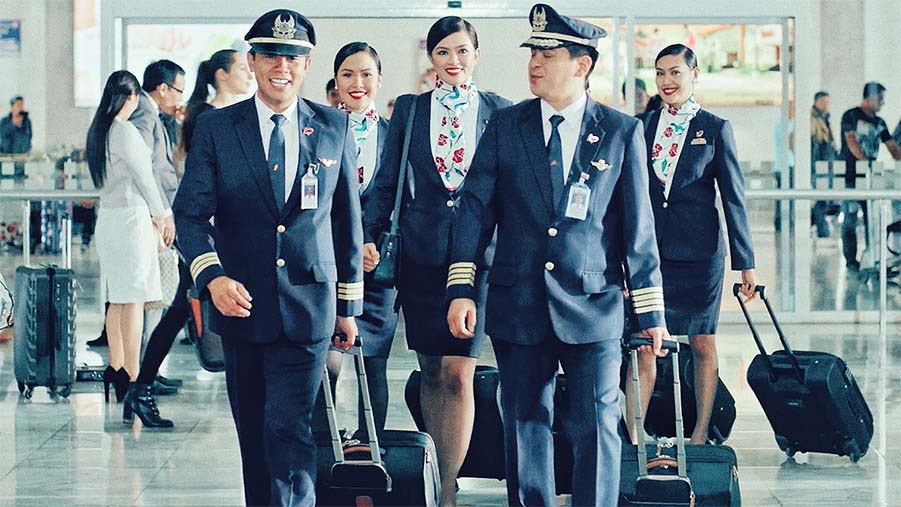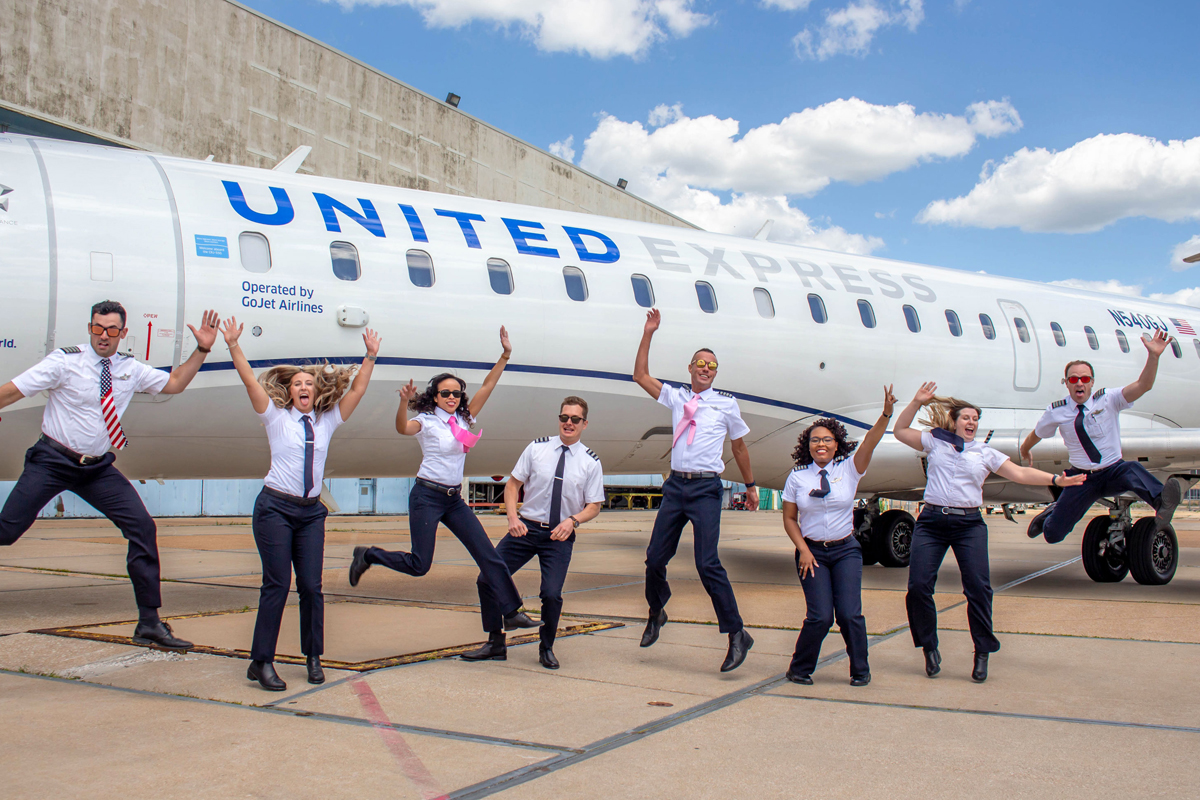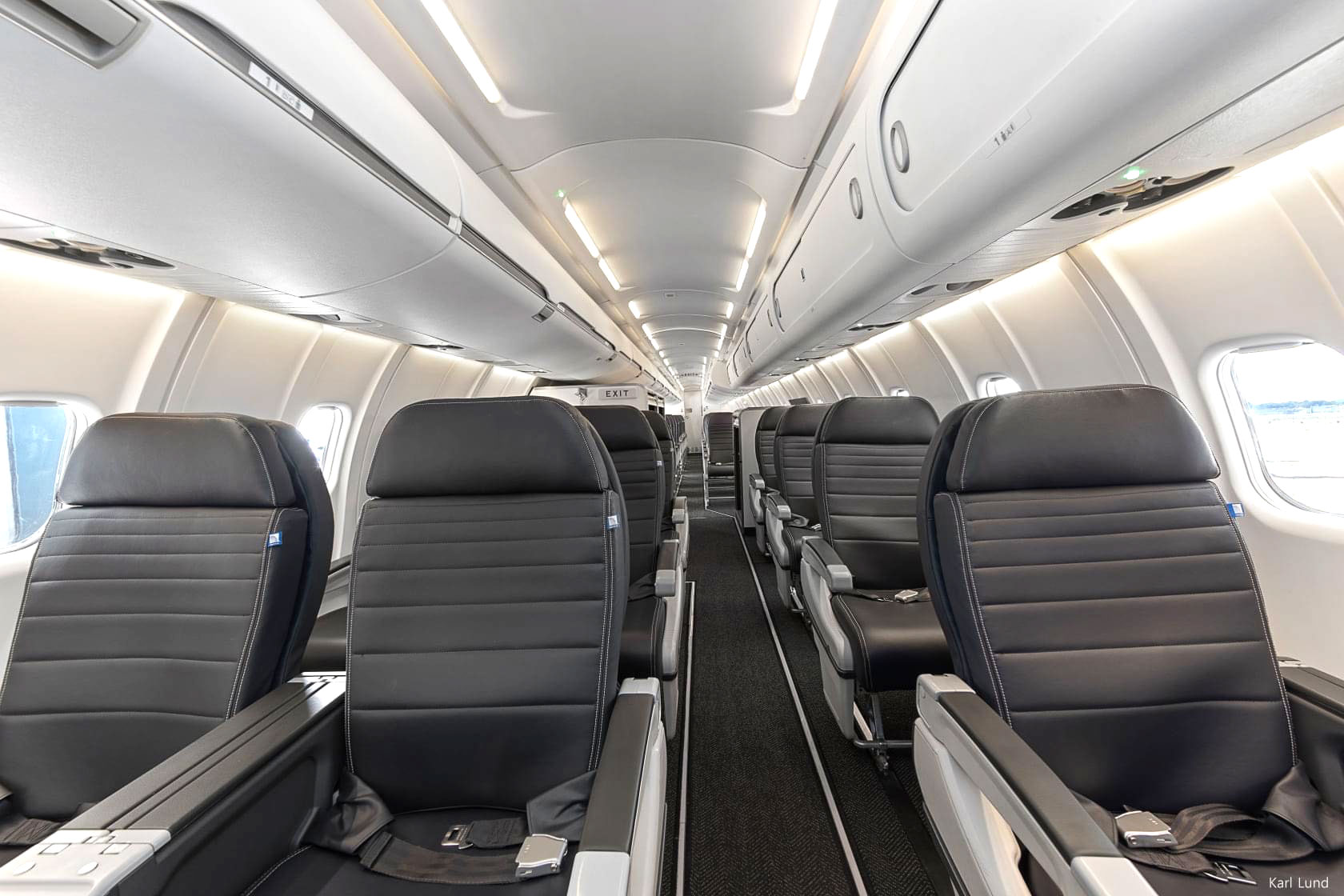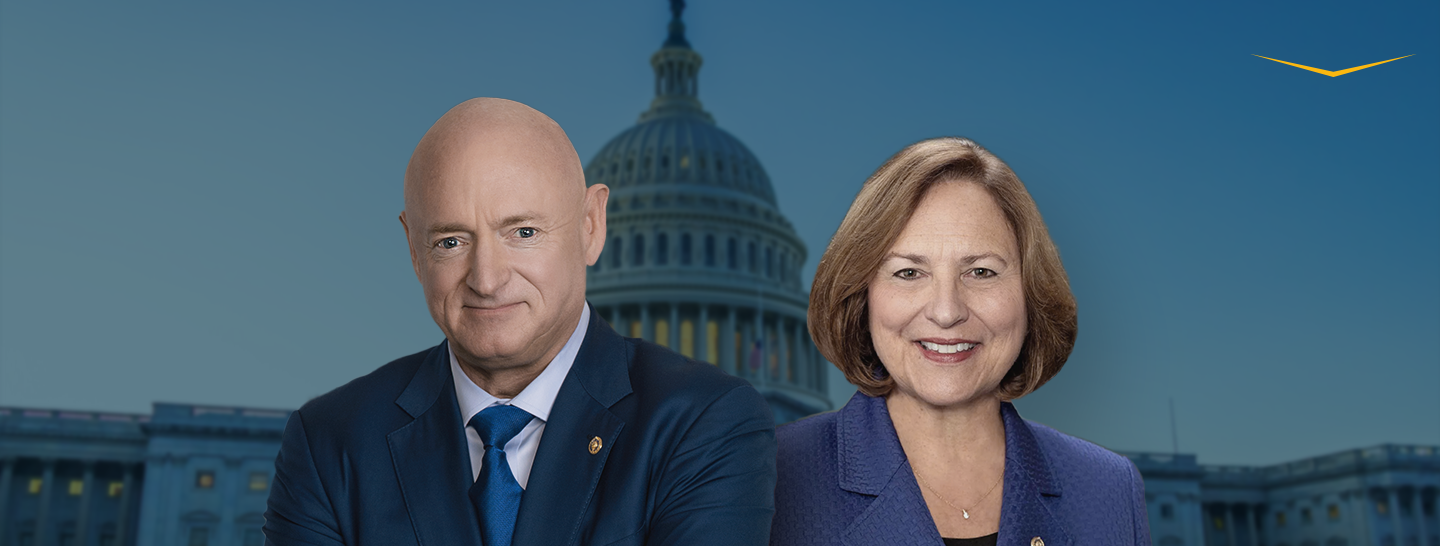
THE NEED FOR LEGISLATIVE CHANGE

Putting the current aviation labor shortage in the past requires effective policy change, and it requires immediate action to help make that happen. The recent introduction of two key pieces of legislation in the U.S. Senate will help in the efforts to solve the current crisis. The Aviation Workforce, Opportunity, Recruiting, Knowledge, and Supply Act (Aviation WORKS Act) by Senators Mark Kelly and Deborah Fischer, as well as the Let Experienced Pilots Fly Act, introduced by Senator Lindsey Graham and co-sponsored by Senators Mark Kelly, Joe Manchin, Chuck Grassley, Marsha Blackburn and Cynthia Lummis, promise to do just that.
Change requires action, so discussions on how bipartisan legislation could strengthen aviation and aerospace workforce pipelines and boost investments are top of the agenda. The Aviation WORKS Act will serve to expand access to existing pilot and aviation maintenance technician workforce programs, and encourage future funding, while the Let Experienced Pilots Fly Act extends the retirement age for pilots from 65 to 67.
A SHORTAGE THAT GOES BEYOND PILOTS
While the pilot shortage has taken the spotlight in terms of acute needs, the industry shortage is also affecting other critical positions like mechanics and other technical maintenance staff. The Aviation WORKS Act will expand FAA workforce grants, which will give more people access to training for careers in these skilled positions. These skilled workers are just as critical to the future of the aviation industry as pilots. If the shortage of pilots was resolved, currently there are not enough technicians to service the fleet and keep it flying.
To put things in perspective, it’s important to take a look at the numbers when all of these positions are combined. The aerospace and defense industry currently supports nearly 2 million jobs across the United States. Over the next two decades, Boeing estimates that the industry will need 612,000 new pilots, 626,000 new maintenance technicians, and 886,000 new cabin crew members.
THE SHORT-TERM SOLUTION
The Let Experienced Pilots Fly Act will extend the retirement age for pilots, allowing the seasoned professionals with the most experience to continue their careers. The Act will provide time for the industry to adapt to the current shortage and take action to accelerate the training of new pilots. Of course, this is not the end of the need for reform, but it does acknowledge the serious nature of the shortage in aviation and is a great first step in solving the current crisis.
There will continue to be the need for better funding and training for pilots and technicians. The road to becoming an aviation professional is long and costly, and if we are to have a qualified and diverse workforce, action needs to be taken to increase funding. While that change is currently being contemplated, the Act will ease the short-term constraints and allow for the continued functioning of the air transport system.
FUNDING FOR THE FUTURE
So how can the Aviation WORKS Act tackle the aviation workforce shortage? By boosting workforce development funding for pilots and maintenance technicians. This act would quadruple funding for the Aviation Workforce Development Program to $20 million. It would also create more avenues for aviation careers via two additional grant programs.
The first is an aviation manufacturing workforce development program to support manufacturers and higher education institutions in expanding skills training and education opportunities. The second is a sector-based grant program that would create partnerships between employers, labor unions, institutions of higher education, and other community stakeholders to better connect workers with training and employers.
By continuing to communicate the effects of the growing pilot shortage on our aviation system and local communities, we are better able to advocate for meaningful policy solutions like the Aviation WORKS Act. Thank you to the Senators who are eager to support critical change.
We’ll continue bringing you updates via WINGSPAN as developments unfold. In the meantime, be sure to visit Rally for Air Service to see how you too can get involved.
- Log in to post comments

 24
24






